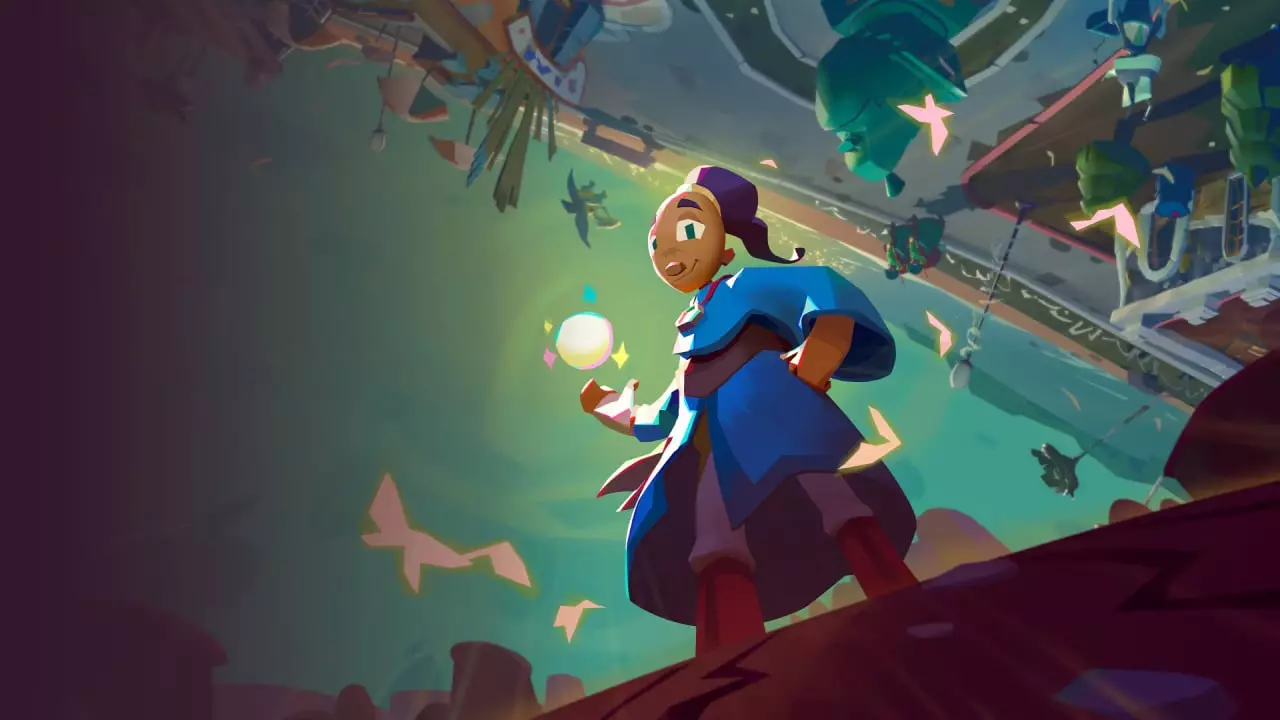Little Big Adventure (LBA) is a name that resonates with a particular set of gamers who reveled in its unique charm during the mid-90s. Released in late 1994 by French studio Adeline Software, this quirky adventure game became a staple on PC before making its way to consoles like PlayStation. However, while it never achieved mainstream success, its devoted fanbase cherished its whimsical atmosphere, creative gameplay mechanics, and an engaging narrative centered around rebellion, prophecy, and the journey of the protagonist, Twinsen.
The love for LBA has not waned over the years, as evidenced by its recent remake, Twinsen’s Quest, developed by [2.21]—a studio that has reconnected with some of the original creators to breathe new life into this cherished franchise. However, this excursion into the past raises a critical question: Can the allure of nostalgia outweigh the challenges of modernity?
The crux of Twinsen’s Quest remains faithful to its roots, telling a story that sees our hero, Twinsen, wrongfully imprisoned by the villainous Dr. Funfrock simply for having prophetic dreams of doom. As players guide Twinsen on his quest to regain freedom and rescue his sister, they traverse diverse environments—from vibrant urban landscapes to arid deserts and icy mountains. Each biome encapsulates the charm that once captured players’ hearts, but the pivotal aspect of this particular remake is its modern take on an aged story and gameplay mechanics that may have needed re-evaluating.
However, to relish the updated visuals—now presented in 3D instead of the retro isometric pixels—players must first come to terms with the remade control scheme, which has undergone significant revisions. While the original game’s “mood system” allowed players to manipulate Twinsen’s actions based on his mental state, the overhaul has chosen simplicity over diversity. The removal of the mood-switching feature has sparked debate among long-time fans about whether this was a wise decision or a critical misstep.
One of the standout qualities of the original LBA was its richly animated graphics, which, at the time, mesmerized players with their sharp detail and imaginative character designs. Twinsen’s animations were smooth and brought a level of lifelike movement rarely seen in 2D games of the era. However, in this modernization, the graphics have taken on a less serious tone, leaning towards a more cartoonish style that some may perceive as a step down from the treasured visuals of yesteryears.
The revamp of the controls, while necessary, has not been without controversy. Gone are the days of tank controls and mood-driven actions. Players may find it puzzling to grapple with an overly simplified system where Twinsen perpetually sprints without the once-coveted ability to sneak around or engage with the environment in a nuanced manner. The intention behind these changes appears to be streamlining gameplay, but in doing so, the experience might lose some of the charm that originally defined it.
Moreover, the level of polish in player movement leaves much to be desired, as Twinsen’s abrupt stops after running disrupt the rhythm of exploration. An extensive world filled with fetch quests and interactions must flow seamlessly, yet the transitions can sometimes feel jarring or frustrating. The developers have retained the quirky, offbeat dialogue and vibrant interactions, but issues such as bugs and missed progress points diminish the allure of discovery.
Combat has never been the focal point of the LBA franchise, and this remains true in Twinsen’s Quest. The fighting mechanics, whether through the use of a magic ball or punching, feel cumbersome and lack the satisfaction so often associated with action elements in modern games. As players navigate through the adventure, they may find that the treasure trove of engaging storytelling compensates for the clunky combat experience. Yet there is no denying that a more refined combat system could elevate the enjoyment associated with each encounter.
Despite its blemishes in the mechanics and occasional clunkiness, Twinsen’s Quest still manages to deliver a compelling tale. The journey of self-discovery and the rebellion against tyranny resonate well, even filtered through modern aesthetics. The developers seemed intent on staying true to the spirit of the original while adapting the game for newer generations, yet the gap between the nostalgic allure and the present experience is palpable.
In the end, Twinsen’s Quest embodies the challenges of reviving a beloved title from gaming’s past. While it may capture a sense of nostalgia, the overhaul begs gamers to reconcile their fond memories with the limitations of contemporary design. The charm, quirkiness, and story remain, but the lack of polish and potential missed opportunities with gameplay mechanics leave us with mixed feelings.
Newcomers to the game will likely find an entertaining, albeit flawed adventure, while original fans may grapple with a bittersweet mix of nostalgia and disappointment. Ultimately, this journey through Twinsen’s world may not cement itself in gaming history for another thirty years, but it offers a unique experience reflective of the ongoing evolution within the gaming industry. The question remains: can we balance nostalgia with modernity to preserve the essence of gaming’s rich tapestry?


Leave a Reply